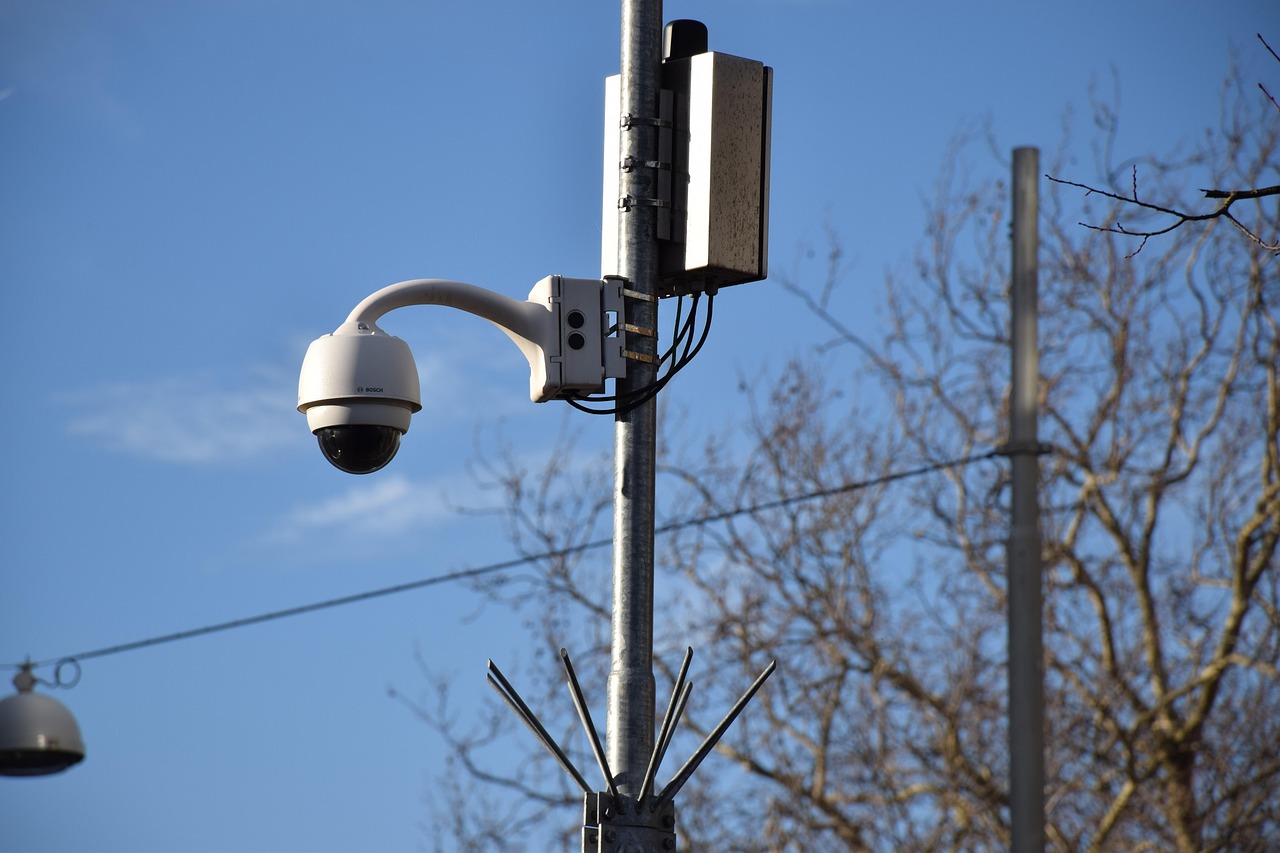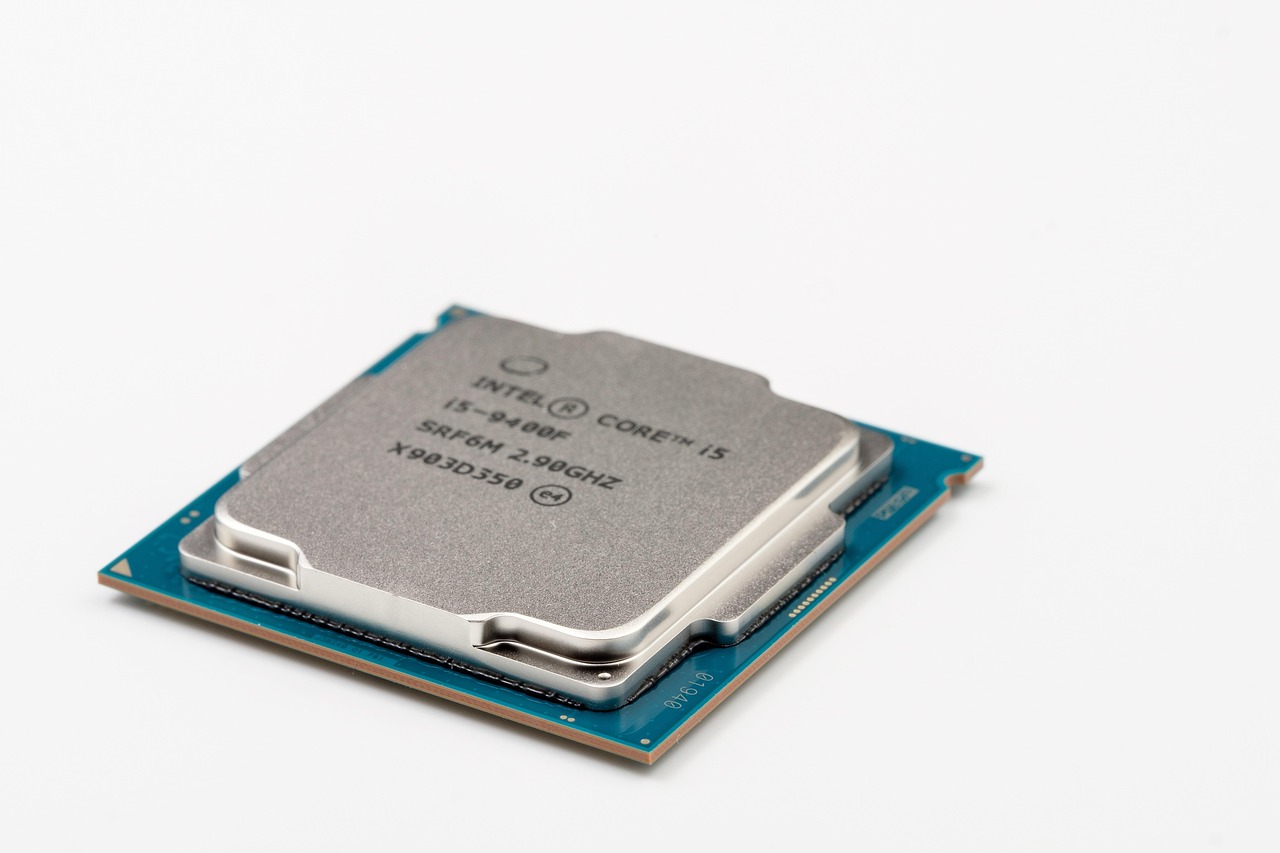Securing Contactless P2P Payment Hardware with Tokenization: A New Era in Financial Transactions

In recent years, the financial technology landscape has rapidly evolved, giving birth to innovative solutions designed to enhance the efficiency and security of peer-to-peer (P2P) payments. Among these advancements, contactless P2P payment hardware secured by tokenization stands out as a significant development. This article delves into the mechanisms behind this technology, its global impact, and the technical nuances that make it a pivotal component in modern financial transactions.
Contactless payments have revolutionized the way individuals conduct transactions, offering unparalleled convenience and speed. The integration of P2P payment capabilities into this framework allows for seamless transactions between individuals without the need for physical contact. However, the increase in digital transactions necessitates robust security measures to protect sensitive financial data from cyber threats.
Tokenization serves as a cornerstone technology in securing contactless P2P payment hardware. By replacing sensitive data with non-sensitive equivalents, known as tokens, this process minimizes the risk of data breaches. Unlike encryption, which alters data but still retains its original format, tokenization completely removes the original data from the transaction process, rendering it useless to potential cyber attackers.
Globally, the adoption of tokenization in contactless P2P payments is gaining traction. The technology is particularly prevalent in regions with high smartphone penetration and advanced digital infrastructure, such as North America, Europe, and parts of Asia. As mobile payment platforms continue to grow, the demand for secure and efficient transaction methods is expected to rise correspondingly.
Several key factors contribute to the effectiveness of tokenization in contactless P2P payment systems:
- Data Security: Tokenization significantly reduces the risk of data breaches by ensuring that sensitive information is not exposed during transactions. This is crucial in protecting user privacy and maintaining trust in digital payment systems.
- Compliance with Regulations: Implementing tokenization aids in meeting global regulatory requirements such as the General Data Protection Regulation (GDPR) in Europe and the Payment Card Industry Data Security Standard (PCI DSS), ensuring that financial institutions adhere to stringent data protection laws.
- Operational Efficiency: By minimizing the complexity of data management, tokenization allows financial institutions to streamline their operations, thereby reducing costs associated with data storage and management.
Technically, the process of tokenization in contactless P2P payment systems involves several sophisticated steps. Initially, the user’s sensitive data, such as credit card information, is submitted through a secure channel. A tokenization system then generates a unique identifier, or token, which replaces the original data. This token, which is meaningless to anyone without the appropriate decryption key, is used to process the transaction. The original data remains securely stored in a token vault, accessible only under strict security protocols.
The implementation of tokenization in contactless P2P payment hardware is supported by various emerging technologies. Near Field Communication (NFC) and Radio Frequency Identification (RFID) are frequently used for the transmission of tokenized data between devices. These technologies ensure that tokens are transmitted quickly and securely, facilitating swift and secure transactions.
Looking ahead, the future of contactless P2P payment hardware secured with tokenization appears promising. As the global economy becomes increasingly digitized, the need for secure, efficient, and user-friendly payment solutions will continue to grow. Financial institutions and technology developers must remain vigilant, continuously advancing tokenization techniques to counter evolving cyber threats and meet the demands of a tech-savvy population.
In conclusion, tokenization represents a critical advancement in the realm of contactless P2P payment hardware, offering a robust solution to the security challenges faced by digital financial transactions. By safeguarding sensitive data and enhancing operational efficiency, tokenization is set to play a pivotal role in shaping the future of global payment systems.















